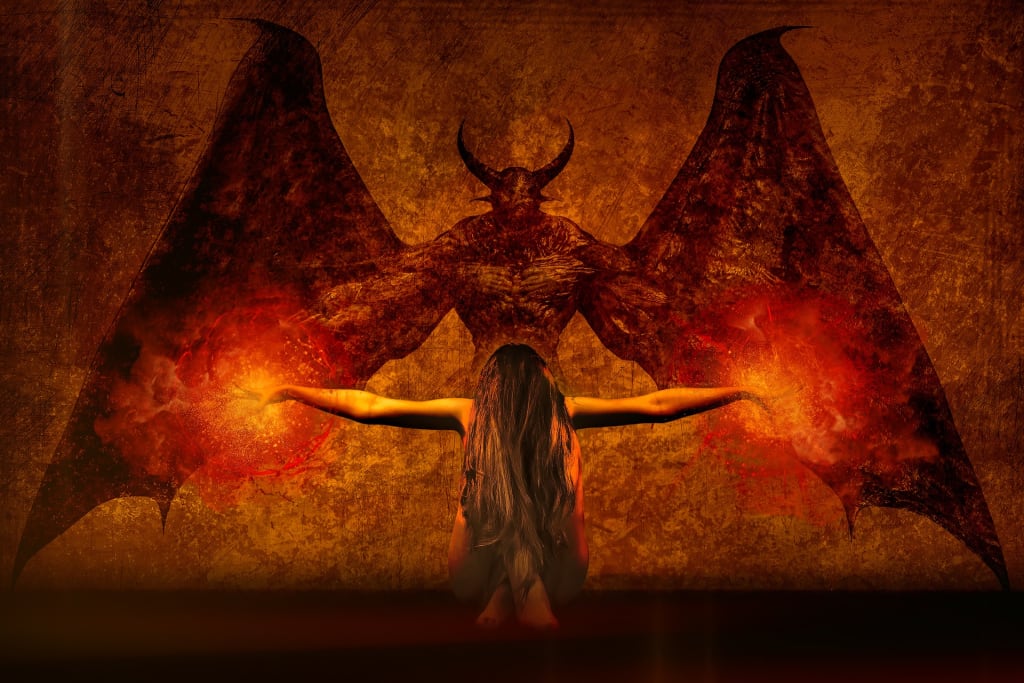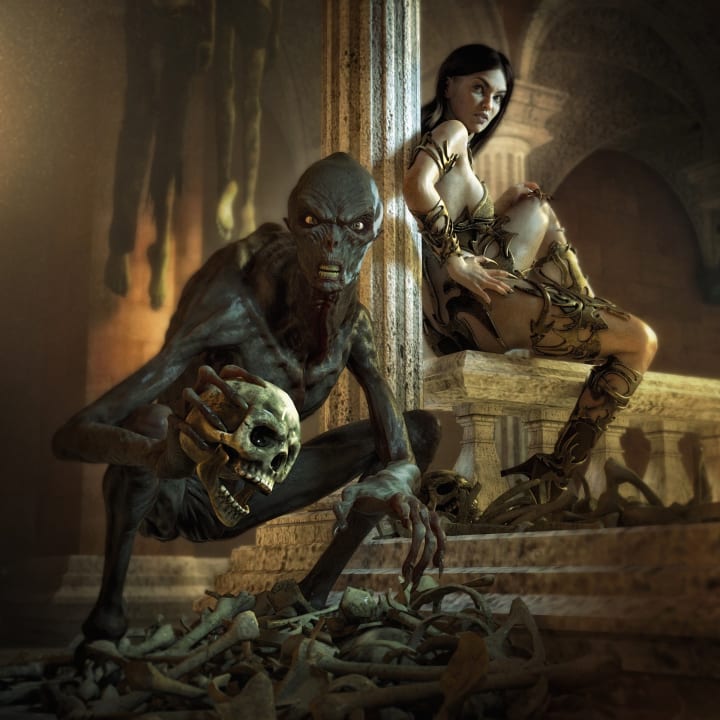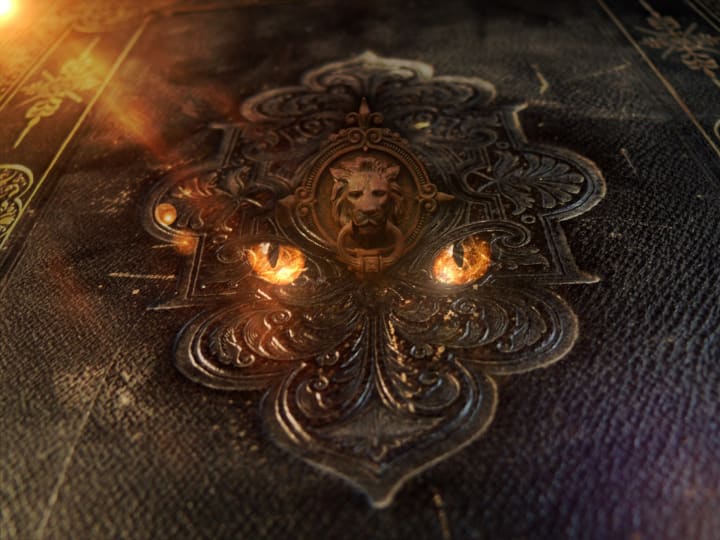What's The Difference Between Devils and Demons?
An Exploration of Spirits and Language

There's a saying that English doesn't borrow from other languages. No, English bludgeons other languages over the head, drags them into dark alleys, then goes through their pockets for crumpled adjectives and loose grammar.
Most humor aside, English has so many parents that it would take an episode of Maury to sort out the father. With so many different languages thrown into a single melting pot it's no wonder that words which were once completely separate begin to bleed together until they're used interchangeably. This is what what happened to the words devil and demon. When you hear them you tend to think of the same images; creatures with red skin and horns, possibly bat wings, out to torment good people and to do harm. However, demons and devils are most definitely not the same thing.
Not by a long shot.
For more explorations of language and its history, such as how paladins came to be knights in shining armor, or the real meaning of "blood is thicker than water," take a moment to stop in and check out my full Vocal archive!
So What is a Demon?

The word demon (spelled daemon in many variant translations) is a word that's actually older than the bibles it's typically used in according to Encyclopedia Britannica. While it showed up in the year 1200 as part of Latin, it goes back even further to the Old Greek word daimon. How far back does it go? Well, at least as far back as Socrates.
The word daemon, at least in the time of the ancient Greeks, didn't have as many negative connotations as it does now. The word simply referred to a spirit, a divine power, or a lesser god. A genius loci (the guardian spirit of a physical place) might be considered a daemon, as would a protective ancestor spirit. Many men (including Socrates to hear him tell the tale) had a personal daimon, which they often felt kept them safe and helped them achieve good things.
In its original form, a daimon was an entity that could influence the actions and character of a person, but they could be good, evil, or anywhere in between. As with many terms used by pagan cultures after the spread of Christianity the idea of what a daemon or daimon was became cast in darkness. Part of this, according to the Online Etymology Dictionary was because of Christian translations into the Greek where the word was used to refer to the gods of pagans, or the gods of idols. Thus demons became the unclean spirits of the world, and the word was often used to refer to beings who, while more powerful than men, were less powerful than god and his messengers.
Then What is a Devil?

This is where things get squishy, and a little confusing.
You see, according to the Online Etymology Dictionary, the word devil comes from Old English, where the word was originally deofol, which meant an evil spirit or entity. This Old English word came from the Late Latin word diabolus, which is a decidedly different word from daemon. This is the first hint that demons and devils as we know them are not the same thing. Because while daemon was used for lesser spirits and smaller entities, diabolus in this case was very specific in the entity it referred to, as there was only one; the entity referred to in translations as Satan.
So, in the broadest of linguistic strokes, there are many demons, but there is a devil. Singular. One.
The Devil Really Is In The Details (So To Speak)

Like most of the other linguistic mysteries concerning the bible, and language associated with it, the difference between devils and demons is often nothing more than a choice in which words translate to which. While it might not be as cool as a conspiracy of renegade monks looking to obscure an occult secret, or a deliberate cover up on the part of a heretical sect, the timeline of these changes are still pretty interesting when you can track them down and lay them out.
According to experts like Don Stewart the key is really in the Latin translations of the bible. While the Latin versions of the term devil and demon were both used quite liberally, they were never, ever interchanged with one another. Diabolos was always used to refer to the devil, the Hebrew Satan, and never to any lesser spirits or servitors who crop up throughout the book. And in the same way when the word daemon was used it was never used to refer to Satan, but always to lesser beings and minions in a variety of different forms.
The other thing to remember is that in Hebrew, the term Satan doesn't necessarily refer to a single individual; it's a title for a character in a story. This is the character who was an antagonist, and the title literally meant someone who put an obstacle in a person's path. As such, it was a description of a role as much as a title, and it has been used for many of the angels depending on the story.
Some things just don't translate, though. The shades of gray between these two words when the bible was translated into English got melted and merged, because in English an evil spirit is an evil spirit. English, as linguistic scholars and stand-up comedians alike well know, just isn't good for being specific with just one word.
About the Creator
Neal Litherland
Neal Litherland is an author, freelance blogger, and RPG designer. A regular on the Chicago convention circuit, he works in a variety of genres.
Blog: Improved Initiative and The Literary Mercenary






Comments
There are no comments for this story
Be the first to respond and start the conversation.